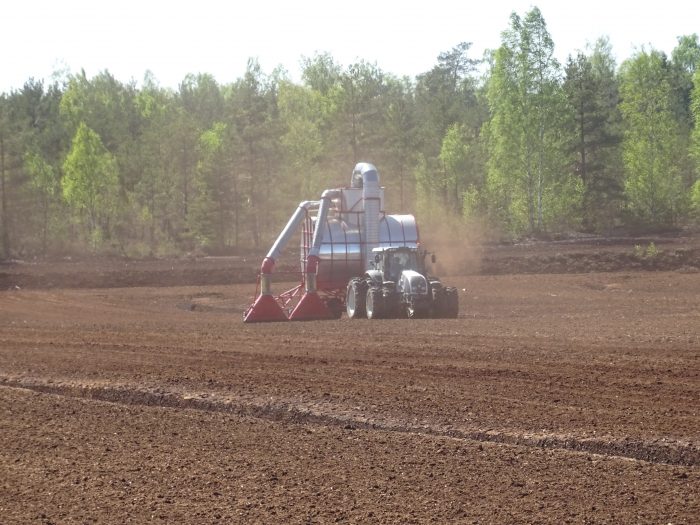Why you should go peat free
March 30, 2021
Peatlands are hugely important wetland ecosystems which provide a habitat for a range of unique plants and animals specially adapted to the waterlogged, acidic conditions. They also sequester large amounts of carbon in the form of peat, help to mitigate flooding and improve water quality.
But they are in decline globally thanks to a range of damaging practices including drainage, overgrazing, burning, atmospheric pollution and extraction.
Here, our young ambassador Kate Cartmell-Done says you can make a difference.
Damaged peatlands release the carbon stored within them back into the atmosphere, contributing to climate change, increasing runoff speed, exacerbating flooding, and causing watercourses to become coloured with peat, driving up water bills with expensive treatments.
Although banned in the UK, peat extraction is still happening on a commercial scale in Ireland and many other countries with large areas of peatland.
The harvested peat is used as domestic fuel, in power stations, and most commonly in horticulture as a major component of compost.
It takes thousands of years for peatlands to form and yet they are still being destroyed on a massive scale, contributing to climate change, devastating biodiversity and detracting from the peatland restoration efforts happening in other areas.
Although peat-based compost it still the most widely available and affordable option, increasing numbers of nurseries and compost companies are adopting a peat-free stance.

So how can you make a difference?
Look for the peat-free label on bags of compost or check the percentage composition for peat content.
Nursery grown plants are trickier to identify as peat-free, but #PeatFreeApril have released a comprehensive list of peat-free nurseries and composts available in the UK. You can find it here.
By making such a simple change, you can make a massive difference to our climate, biodiversity, water quality and flooding.
Take the peat-free pledge today.






